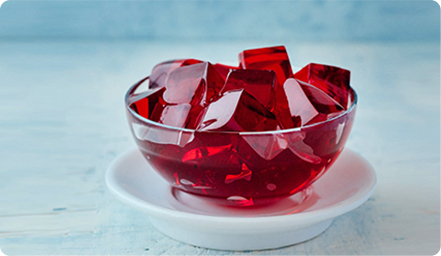-
July, 26,2025
Understanding the Role of Bloom Strength in Soft Gelatin Capsules
-
July, 25,2025
Bloom Strength and Its Impact on Hard Gelatin Capsules
-
July, 21,2025
How Gelatin Is Revolutionizing Pet Food: A Healthier Option for Dogs
-
June, 22,2025
Collagen as a Trusted Ingredient: Meeting Global Demand with Reliable Supply
Gelatin Used in Tablet Formulation Made Simple
Ever wonder what holds your pills together? Gelatin used in tablet formulation is often the unsung hero, shaping everything from vitamins to prescription meds. It’s a natural powerhouse that binds, coats, and protects tablets, but it’s not without quirks. This article breaks down how gelatin works, its challenges, and the alternatives popping up—making tablet-making clear for pros and curious minds alike.
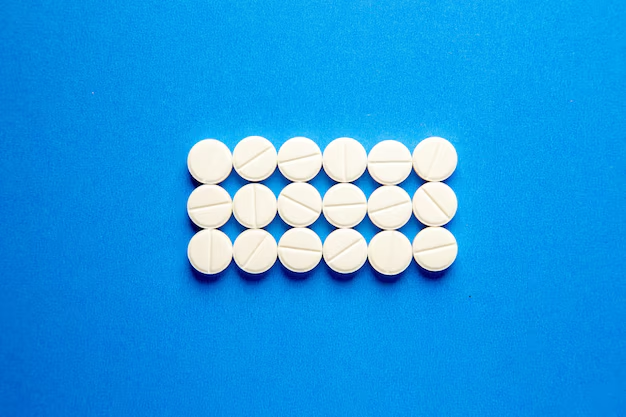
The Role of Gelatin in Tablet Manufacturing
Gelatin isn’t just a passive ingredient—it’s a workhorse in tablet production. Depending on the tablet type and purpose, it can take on different roles, each critical to the final product’s success. Let’s break down how gelatin contributes to manufacturing tablets that are both effective and user-friendly.
Gelatin as a Binding Agent
In compressed tablets—like the aspirin you might keep in your medicine cabinet—gelatin acts as a glue. It binds the active ingredients (the drug or nutrient) with fillers and excipients into a cohesive, solid mass. This binding power comes from gelatin’s ability to form a gel-like matrix when mixed with water during wet granulation, a common tableting process.
Once dried, it leaves behind a sturdy structure, boosting tablet hardness and preventing it from breaking apart too easily. The result? A pill that survives shipping and handling but still dissolves when you need it to. Here’s why gelatin stands out as a binder:
·Versatility: Works with a wide range of ingredients.
·Cost-Effective: Affordable compared to some synthetic binders.
·Natural Origin: Appeals to manufacturers avoiding artificial additives.
As a trusted gelatin manufacturer, Funingpu provides options with optimal binding strength, helping tablets hold up from production to patient use.
Gelatin in Tablet Coatings
Coatings are like a tablet’s armor, and gelatin excels here too. Applied as a thin film, it can protect the tablet from moisture, light, or oxygen—enemies of stability for many drugs. Gelatin coatings also allow for controlled release, meaning the tablet might dissolve slowly in your stomach or wait until it hits your intestines, depending on the formulation. Its natural film-forming properties make it a favorite for sugar-coated or enteric-coated tablets, offering a smooth finish that’s easy to swallow. Bonus: it’s tasteless, sparing you from the bitterness of uncoated meds.
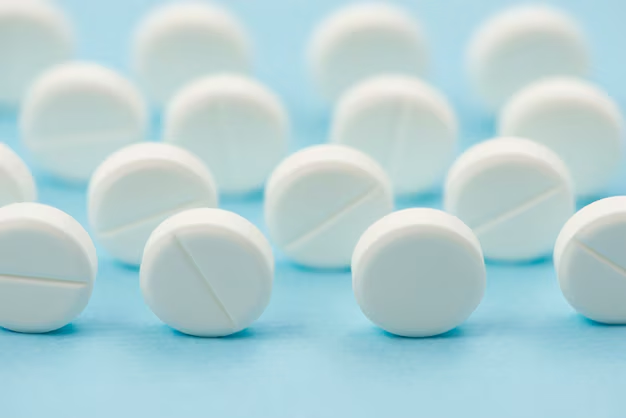
Encapsulation with Gelatin
While traditional tablets are solid, softgel capsules are a different beast—and gelatin shines here. Softgels use gelatin to encase liquid or semi-solid fillings, like fish oil or vitamin D. The gelatin shell is flexible yet tough, sealing in the contents to prevent leaks while dissolving reliably in your digestive system. Compared to hard tablets, softgels often rely more heavily on gelatin’s gelling properties, making it indispensable for manufacturers aiming to deliver oily or sensitive ingredients without fuss.
How Gelatin Affects Tablet Dissolution
Dissolution—the rate at which a tablet breaks down and releases its contents—is a make-or-break factor in efficacy. Gelatin influences this in a big way. Its solubility in water means it can help tablets disintegrate quickly in your stomach, but tweak the formulation—like adjusting gelatin concentration or adding cross-linking agents—and you can slow that process down for a sustained release.
The type of gelatin, its bloom strength (a measure of gel firmness), and even processing conditions (like heat or pH) all play a role. Want to optimize dissolution with gelatin? Follow these steps:
1. Select the Right Gelatin Type: Higher bloom strength for slower release, lower for faster disintegration.
2. Test Moisture Levels: Too much water during granulation can weaken the tablet; too little can slow dissolution.
3. Adjust pH: Match gelatin’s processing pH to your active ingredient’s stability needs.
4. Monitor Temperature: Excessive heat during drying can alter gelatin’s solubility. Get it right, and the drug hits your system exactly when it should; get it wrong, and you’re left with a dud.
Types of Gelatin Used in Tablet Formulation
Not all gelatin is created equal, and in tablet formulation, choosing the right type can make or break your product. From its animal source to its processing method, gelatin comes in variations that affect everything from tablet texture to regulatory compliance. Let’s explore the key types of gelatin used in tablets and what makes each one suited to specific needs.
Bovine vs. Porcine Gelatin
Gelatin’s source matters, and the two heavyweights in tablet formulation are bovine (from cattle) and porcine (from pigs). Bovine gelatin often has a higher bloom strength, meaning it forms stronger gels, which can be ideal for robust tablet coatings or softgel capsules that need extra durability.
Porcine gelatin, on the other hand, tends to be clearer and more flexible, making it a go-to for aesthetically pleasing coatings or softer tablets. Here’s what sets them apart:
·Bloom Strength: Bovine typically offers firmer gels; porcine is softer but more elastic.
·Appearance: Porcine gelatin often yields a clearer finish, ideal for visible coatings.
·Cultural Fit: Bovine suits markets avoiding pork; porcine may be restricted elsewhere.
The choice isn’t just about performance—cultural and dietary preferences play a role too. Manufacturers must weigh these factors alongside functionality to meet market demands.
Type A vs. Type B Gelatin
Beyond the source, gelatin is classified by how it’s processed: Type A or Type B. Type A gelatin comes from acid-treated collagen (usually porcine), resulting in a higher isoelectric point and better solubility in acidic environments—handy for tablets targeting quick stomach dissolution.
Type B, processed with an alkaline treatment (often bovine), has a lower isoelectric point and excels in neutral or slightly alkaline conditions, making it a fit for enteric coatings that release in the intestines. The difference isn’t just academic: Type A might give you a snappier gel for fast-acting tablets, while Type B’s stability suits sustained-release formulas. Picking the right one depends on your tablet’s active ingredient and intended release profile.
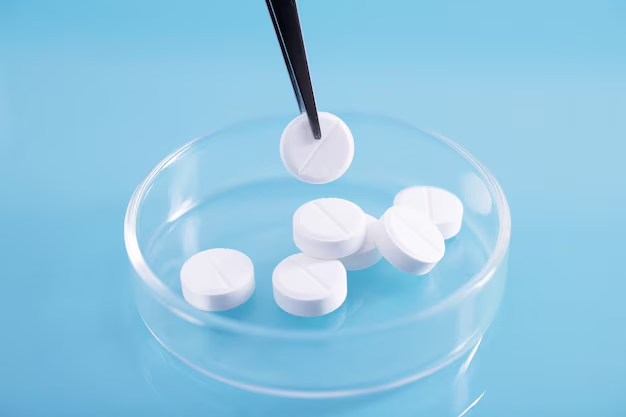
Pharmaceutical-Grade Gelatin Standards
In tablet formulation, quality isn’t optional—gelatin must meet strict pharmaceutical standards like those set by the United States Pharmacopeia (USP) or National Formulary (NF). These grades ensure gelatin is free from contaminants (like heavy metals or pathogens) and consistent in properties like viscosity and gel strength.
Pharmaceutical-grade gelatin undergoes rigorous testing for microbial limits, purity, and even traceability back to its animal source—a must for regulatory bodies like the FDA or EMA. To source the right gelatin, follow these steps:
1. Verify Certification: Check for USP/NF compliance on supplier documentation.
2. Test Bloom Strength: Ensure it matches your tablet’s firmness needs (e.g., 150–250 bloom).
3. Confirm Purity: Request microbial and heavy metal test results.
4. Trace the Source: Confirm animal origin aligns with your market’s regulations.
For tablet makers, this means reliable performance batch after batch, whether it’s binding a painkiller or coating a vitamin. Skimp on quality, and you risk failed formulations or rejected products, so sticking to these standards is non-negotiable. Companies like Funingpu gelatin stand out among pharmaceutical gelatin manufacturers, offering pharmaceutical grade gelatin that complies with GMP, ISO, and FDA regulations, ensuring reliability for tablet makers worldwide.
Challenges and Solutions When Using Gelatin
Gelatin’s versatility in tablet formulation is a big win, but it’s not without its hurdles. From environmental sensitivities to compatibility issues, using gelatin can throw curveballs at manufacturers. Fortunately, these challenges come with solutions. Let’s dive into the most common pitfalls and how to tackle them effectively.
Stability Issues in Humid Conditions
Gelatin loves water—a little too much, sometimes. In humid environments, tablets made with gelatin can absorb moisture, leading to softening, stickiness, or even microbial growth. This is a nightmare for shelf life, especially in tropical climates or poorly controlled storage.
The fix? Start with formulation tweaks: reduce gelatin’s hygroscopic nature by blending it with less absorbent excipients like microcrystalline cellulose. Then, prioritize packaging—use moisture-barrier materials like blister packs or add desiccants to keep humidity at bay. Here’s what humidity can do to gelatin tablets:
·Softening: Excess moisture weakens structure.
·Stickiness: Tablets clump together, ruining usability.
·Spoilage: Wet conditions invite mold or bacteria.
Drying processes matter too; over-drying gelatin during manufacturing can make it brittle, so aim for a balanced moisture content (around 6–10%) to maintain stability.
Compatibility with Active Ingredients
Not every drug plays nice with gelatin. Some active ingredients—like aldehydes or highly acidic compounds—can react with gelatin, causing cross-linking that slows dissolution or degrades the tablet over time. This is a big deal for time-sensitive medications where consistent release is critical.
To dodge this, test compatibility early: mix small batches and monitor for changes in hardness or dissolution rates over a few weeks. If issues pop up, buffer the formulation with pH adjusters (like sodium bicarbonate) to neutralize reactions, or switch to a gelatin type less prone to interaction (e.g., Type B for acidic drugs). Worst case, you might need to explore non-gelatin binders.
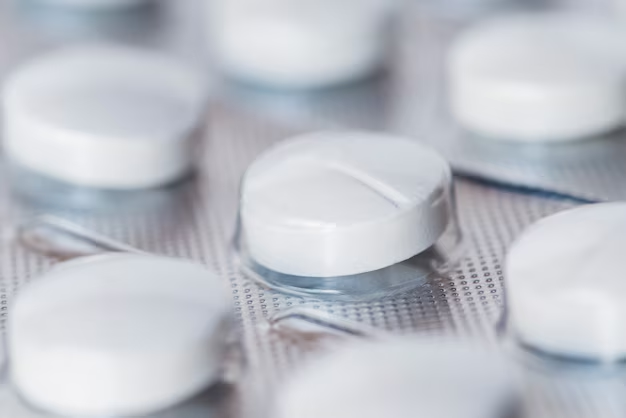
Troubleshooting Poor Tablet Quality
Ever had tablets come out sticky, brittle, or uneven? Gelatin could be the culprit—or at least part of it. Sticky tablets often stem from too much moisture during granulation, while brittleness might mean over-drying or insufficient gelatin. Uneven coatings? That’s likely a spraying issue. Here’s how to troubleshoot:
1. Check Gelatin Levels: Use 2–5% for binding; above 10% risks gumminess.
2. Control Moisture: Keep granulation water at 20–30% of the mix.
3. Adjust Drying: Dry at 40–50°C to avoid brittleness or stickiness.
4. Fix Coating: Calibrate spray systems for even application.
Start by fine-tuning gelatin concentration and granulation conditions, then test small batches. Trial and error here pays off in smoother production runs. Partnering with experienced pharmaceutical gelatin manufacturers like Funingpu can help—their high-quality gelatin options are designed to minimize these issues, offering consistent performance in every batch.
Addressing Dietary and Ethical Concerns
Gelatin’s animal origins—usually cows or pigs—don’t sit well with everyone. Vegans, vegetarians, and those with religious dietary restrictions often push back, shrinking your market if you lean solely on gelatin. The rise of gelatin-free alternatives like hydroxypropyl methylcellulose (HPMC) or starch-based binders offers a way out.
Transitioning isn’t instant, though—HPMC dissolves slower and costs more, while starch might not match gelatin’s binding strength. To adapt, reformulate gradually: test blends (e.g., 50% gelatin, 50% HPMC) to balance performance and ethics. Market it right, and you’ll tap into the growing demand for plant-based options without sacrificing quality.
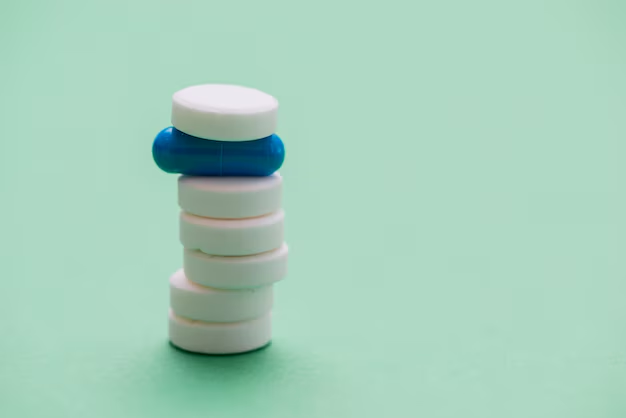
Alternatives to Gelatin in Tablet Formulation
Gelatin’s a champ in tablet-making, but it’s not the only player in town. Whether it’s dietary restrictions, performance tweaks, or sustainability goals driving the shift, alternatives to gelatin are gaining traction. Let’s look at the top substitutes, their trade-offs, and how to make the switch without derailing your formulation process.
Plant-Based Substitutes
For those dodging animal-derived gelatin, plant-based options like hydroxypropyl methylcellulose (HPMC), alginate, and pectin step up. HPMC, derived from cellulose, is a star in vegan capsules and coatings—it’s stable, dissolves reliably (though slower than gelatin), and handles moisture better. Alginate, from seaweed, excels in controlled-release coatings but can be tricky to bind with. Pectin, sourced from fruits, offers a natural vibe but lacks gelatin’s firmness for hard tablets. Here’s how they stack up:
·HPMC: Great for capsules, moisture-resistant, but pricier.
·Alginate: Ideal for slow release, less versatile as a binder.
·Pectin: Eco-friendly, weaker structure for tablets.
These substitutes shine for vegetarian or kosher markets, but they often cost more and may need extra excipients to match gelatin’s binding or gelling power.
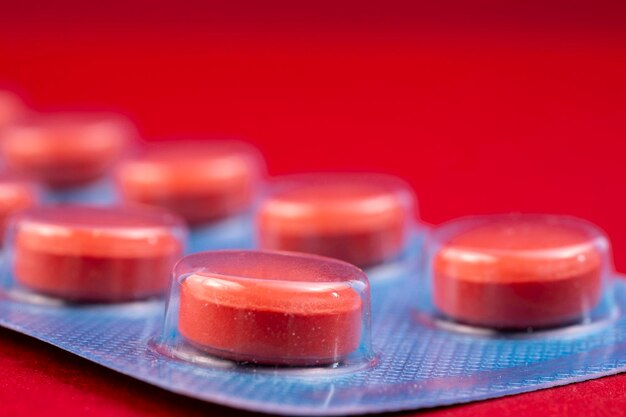
Synthetic Polymers
If natural isn’t your priority, synthetic polymers like polyvinyl alcohol (PVA) or polyethylene glycol (PEG) offer a high-tech twist. PVA is a standout for tablet coatings—think glossy, durable finishes with excellent moisture resistance. It’s less common as a binder but can work in niche formulas. PEG, often a co-ingredient, boosts flexibility in coatings or softgels.
Synthetics sidestep dietary concerns entirely and can be tailored for specific release profiles (e.g., fast or delayed). The catch? They’re pricier and lack gelatin’s natural appeal, which might turn off consumers leaning toward “clean label” products.
Making the Switch: Practical Considerations
Swapping gelatin for an alternative isn’t a plug-and-play move—it takes planning. Cost is a biggie: HPMC can run 20–50% more than gelatin, and synthetics like PVA push that higher. Scalability matters too—plant-based options might clog machinery if not processed right, while synthetics demand precise handling. Then there’s regulation: ensure your substitute meets USP or FDA standards, especially for pharmaceuticals. Here’s how to transition smoothly:
1. Assess Needs: Match the alternative to your tablet’s purpose (e.g., HPMC for capsules).
2. Test Blends: Start with a 50/50 mix with gelatin to check stability.
3. Adjust Equipment: Tweak granulation or coating settings for new materials.
4. Validate Compliance: Confirm regulatory approval with small-batch trials.
Start small, then scale up once you nail the mix. Market your switch as a value-add (e.g., “vegan-friendly”) to offset the effort.
Future Trends in Tablet Formulation
The move toward alternatives isn’t about replacing gelatin—it’s about expanding choices. Sustainability drives plant-based binders, aligning with eco-conscious brands. Vegan and allergen-free demand grows, with HPMC leading capsules (like vegan omega-3 softgels). Innovations—3D-printed tablets, bioengineered polymers—add flair, while lab-grown gelatin could enhance options. Staying flexible and testing substitutes keeps you ready for a market that’s all about variety and innovation.
Leading gelatin manufacturers like Funingpu, with over 30 years of expertise, supply high-quality options that power this process, ensuring tablets meet both performance and safety standards.
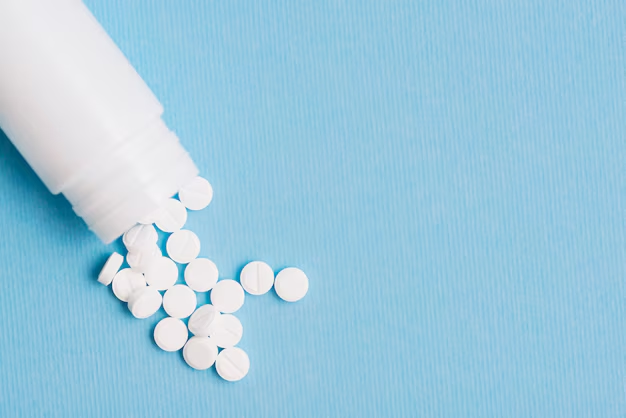
Final Thoughts
Gelatin used in tablet formulation is a star in pharmaceutical and nutraceutical production, shining in binding, coating, and encapsulation. But it’s not perfect—humidity troubles, drug compatibility issues, and ethical concerns can get in the way.
Luckily, Funingpu gelatin, a top gelatin manufacturer, helps solve these problems with pharmaceutical grade gelatin that’s stable, compatible, and safe. Alternatives like HPMC and synthetics also work well for vegan or eco-friendly needs. Whether you choose gelatin or a substitute, knowing its strengths and weaknesses leads to better tablets. Gelatin’s here to stay, but options are growing.
Phone: +86-577-88105990
Mobile: +86-138 5886 1938
Official Website: www.fnp-gelatin.com
Email: sales@funingpu.com
Address: No. 1-10 Wenpu Road, Yacheng Town, Xiapu County, Ningde City, Fujian Province

